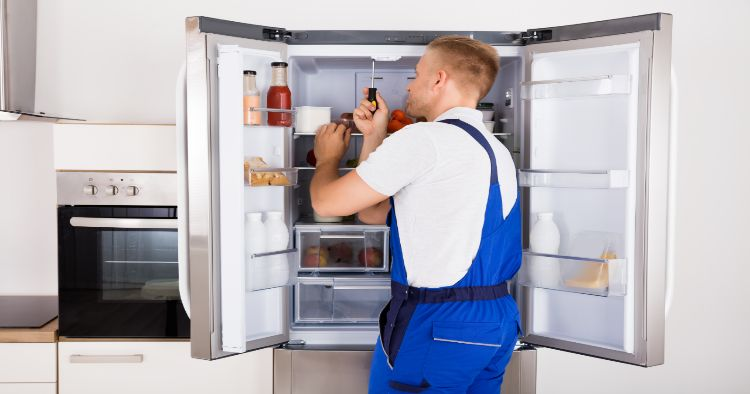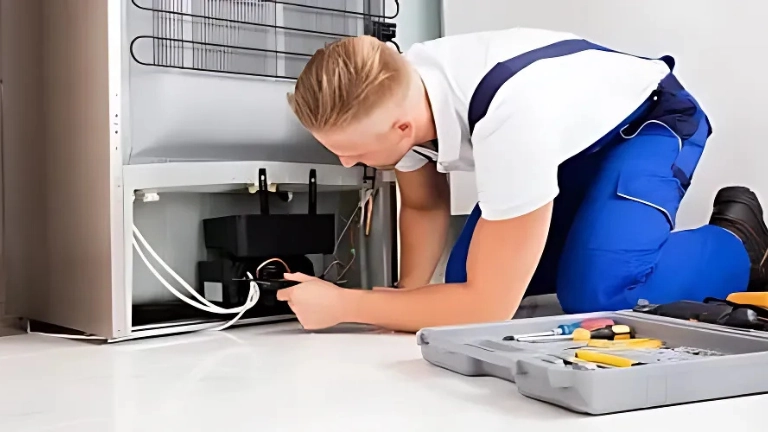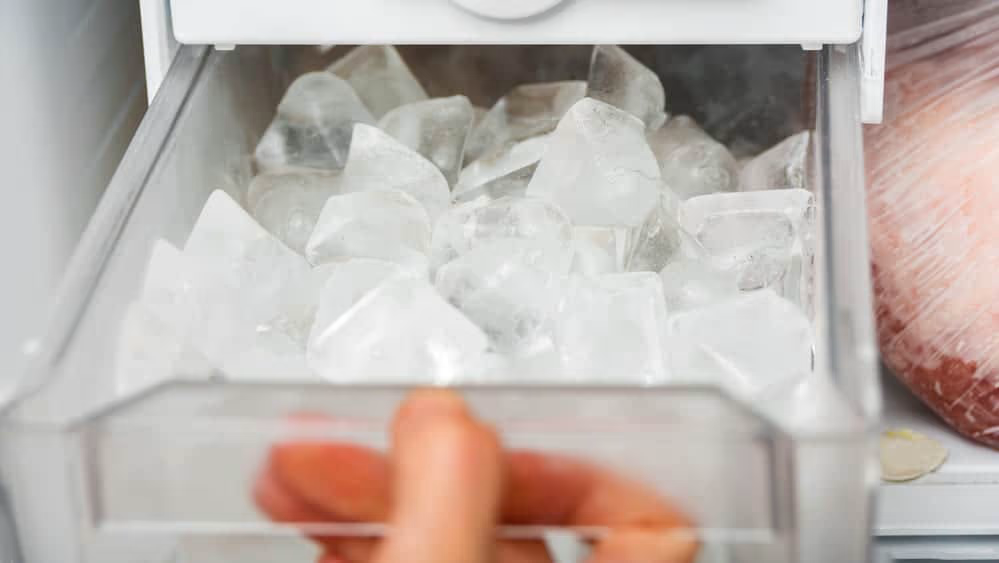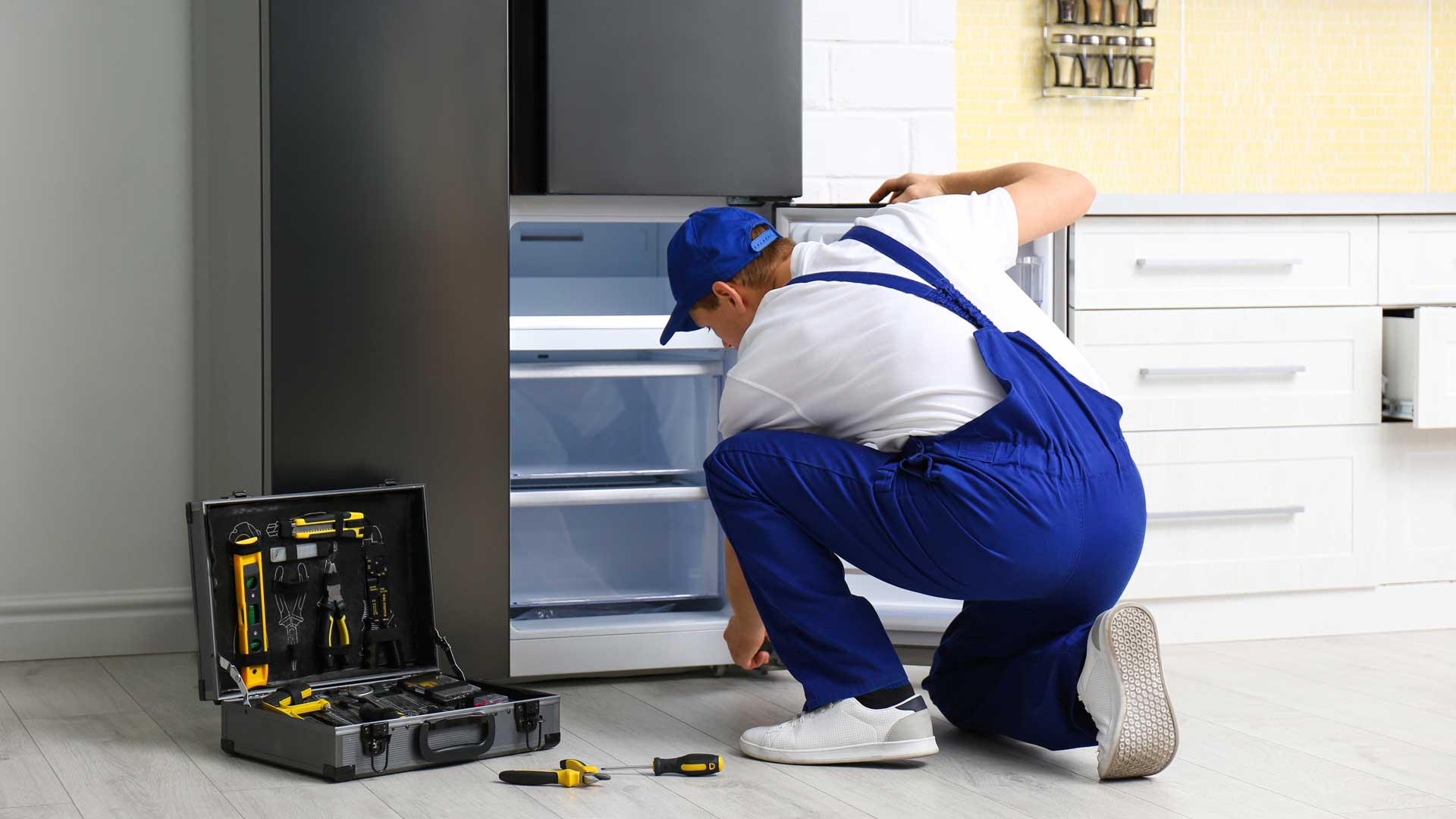Common Refrigerator Problems and How We Fix Them
Refrigerators are the unsung heroes of our kitchens. Quietly running day and night, they keep our food fresh, our drinks cold, and our leftovers safe. But like any hardworking machine, fridges can run into trouble from time to time. Whether it’s a strange noise, a leaking floor, or a freezer that suddenly decides to take a vacation, refrigerator problems can be frustrating and costly—especially if they’re not fixed quickly.
This article explores the most common refrigerator issues we encounter and how professionals like us tackle them effectively. With years of hands-on experience, we know the symptoms, understand the causes, and can guide you through how each problem is resolved—sometimes with a simple fix, sometimes requiring more technical intervention.
Refrigerator Not Cooling Properly
What’s Going Wrong?
When your fridge isn’t keeping things cold, it’s more than just an inconvenience. It can lead to food spoilage and potentially unsafe eating conditions. This is one of the most common issues we see—and fortunately, it’s usually fixable.
Common Causes
-
Dirty condenser coils: Dust and pet hair can insulate the coils, reducing their efficiency.
-
Faulty evaporator fan: If the fan stops working, cold air isn’t properly circulated.
-
Thermostat malfunction: The unit doesn’t get the signal to cool down.
-
Low refrigerant levels: Not common in domestic fridges, but possible.
Our Fix
We start by inspecting and cleaning the condenser coils. If the issue persists, we test the fan and thermostat using specialized tools. Depending on the result, we might replace faulty parts or recharge the refrigerant system (done only by licensed professionals).
Water Leaking on the Floor
It’s Not Always the Fridge’s Fault
A puddle near your refrigerator doesn’t automatically mean there’s a major problem—but it does need attention. Ignoring leaks can damage your flooring or even lead to mold growth.
Typical Culprits
-
Clogged or frozen defrost drain
-
Cracked water line (for models with ice makers)
-
Improperly leveled fridge
-
Full or broken drain pan
Our Approach
We first check the defrost drain for clogs—often caused by food debris or ice. If needed, we flush it with hot water and clear any blockages. For cracked water lines, we replace the damaged section and test the system. Drain pans are inspected and replaced if broken.
Freezer Is Cold, But Fridge Is Warm
A Common Confusion
It might seem strange, but it’s possible for the freezer to work fine while the refrigerator compartment gets warm. This usually points to an airflow problem.
What’s Likely Happening?
-
Evaporator fan failure
-
Air ducts blocked by ice or food
-
Defrost system failure causing ice buildup
-
Damper control issues
Fixing the Flow
We inspect the fan motor and verify it’s running properly. If ice has blocked vents, we carefully defrost the system and check the heater and timer. Damper doors are checked and adjusted to restore airflow between compartments.
Ice Maker Not Working
No Ice? Let’s Find Out Why
Your ice maker may be down for a variety of reasons, from simple to complex.
Main Reasons Include:
-
Frozen water line
-
Faulty inlet valve
-
Clogged water filter
-
Defective ice maker module
How We Handle It
We test the water supply line first—thawing it if necessary. If that’s not the issue, we examine the valve and module using voltage and continuity tests. Filters are checked and replaced if needed. In many cases, a quick part swap gets the ice flowing again.
Strange Noises from the Fridge
Buzzing, Clicking, or Humming?
Refrigerators do make noise, but if it suddenly sounds like it’s haunted, there’s probably a mechanical issue to look into.
Common Sounds and Their Sources
-
Buzzing: Possibly the compressor or a stuck ice maker.
-
Clicking: Could indicate a failing start relay.
-
Humming or rattling: Often fan-related.
Our Diagnostic Strategy
We listen carefully—literally. Each sound gives us a clue. We check fans, compressor motors, and relays. Components making excess noise may need tightening or replacing, depending on the diagnosis.
Refrigerator Runs Constantly
It Just Won’t Stop
A fridge that runs non-stop can wear itself out prematurely—and your energy bill might feel it too.
Potential Reasons
-
Dirty coils
-
Faulty thermostat or thermistor
-
Refrigerant issues
-
Air leaks from worn door seals
Our Process
First, we clean the coils and check the seal on your fridge doors. If the problem persists, we test internal sensors and replace any faulty components. A full inspection of the refrigeration cycle may follow if simpler fixes don’t work.
Temperature Fluctuations
Hot, Cold, Then Warm Again?
Inconsistent temperature can ruin food quality and safety.
Possible Causes
-
Faulty thermostat
-
Failing control board
-
Sensor malfunctions
-
User error (frequent door opening)
Our Fixes
We check temperature settings and sensors first. If electronic components are at fault, we’ll reset or replace the control board. We also give advice on proper fridge loading and door habits to maintain consistent cooling.
Interior Light Not Working
Small Problem, Big Annoyance
Not being able to see inside your fridge may seem minor, but it can signal a deeper electrical issue.
What’s Causing It?
-
Burned-out bulb
-
Faulty door switch
-
Wiring issues
The Repair
We replace the bulb and test the door switch. If neither resolves it, we check wiring continuity to find where the power might be interrupted.
Preventive Maintenance Tips
Keep Problems from Starting
Routine care can save you from expensive repairs later.
Our Top Maintenance Advice
-
Clean condenser coils every 6 months
-
Replace water filters as recommended
-
Keep fridge well-stocked—but not overcrowded
-
Check door seals for cracks or gaps
-
Avoid storing hot food immediately
Regular maintenance helps catch minor issues before they become major headaches.
When to Call the Professionals
Some fridge problems are easy to handle with a little guidance. Others? Not so much.
If you’re dealing with electrical components, sealed refrigerant systems, or anything involving gas or coolant—leave it to a pro. DIY work in these areas can be dangerous and may void your warranty.
Final Thoughts
Your refrigerator is essential to your everyday life, so when it starts acting up, it’s crucial to act fast. From minor annoyances like a flickering light to major concerns like total cooling failure, most fridge issues can be fixed quickly by a trained technician.
At the end of the day, consistent maintenance and prompt repairs go a long way in keeping your appliance in top condition. When in doubt, reach out—we’re always here to help you keep things cool.






